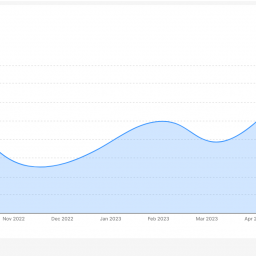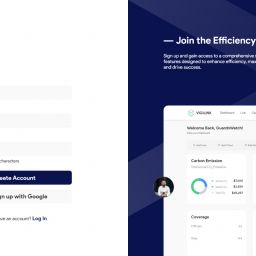How to Create a Project Timeline With Steps & Examples
A project timeline is a visual representation of the chronological order of tasks and milestones within a project. It helps project managers and teams understand the project’s scope, identify dependencies, allocate resources, and monitor progress. Creating a project timeline is an essential step in effective project planning and execution. In this article, we will discuss the steps involved in creating a project timeline, along with examples to illustrate the process.
Step 1: Define Project Goals and Deliverables
Before creating a project timeline, clearly define the project goals and deliverables. Understand the project’s purpose, objectives, and desired outcomes. This step provides a foundation for determining the necessary tasks and milestones to include in the timeline.
Example: Suppose you’re managing a website development project. The goal might be to launch a fully functional website that meets client requirements and achieves specific marketing objectives.
Step 2: Identify Key Tasks and Milestones
Break down the project into smaller tasks and identify the major milestones. Tasks should be specific, actionable, and measurable. Consider dependencies between tasks, as some tasks may need to be completed before others can begin.
Example: In the website development project, key tasks might include creating wireframes, designing the user interface, developing website functionality, and conducting user testing. Milestones could include completing wireframes, finalizing design mock-ups, and launching the website.
Step 3: Determine Task Durations and Dependencies
Estimate the time required to complete each task. Consider factors such as resources, complexity, and dependencies between tasks. Identify any tasks that can be executed concurrently or in parallel.
Example: For the website development project, creating wireframes might take one week, designing the user interface could take two weeks, and developing website functionality might take three weeks. User testing might require one week. Some tasks, such as design and development, can be executed concurrently.
Step 4: Sequence Tasks and Determine the Project Timeline
Arrange the tasks in the order in which they should be completed, considering task dependencies. Create a visual representation of the timeline using a Gantt chart, project management software, or other tools. Include task names, start and end dates, and durations.
Example: Here is an example of a project timeline for the website development project:
– Wireframe creation: Week 1
– Design user interface: Weeks 2-3
– Develop website functionality: Weeks 2-5
– User testing: Week 6
– Finalize design mock-ups: Week 3
– Launch website: Week 7
Step 5: Allocate Resources and Assign Responsibilities
Assign team members responsible for each task and allocate necessary resources. Ensure that team members have the required skills and availability to complete their assigned tasks within the specified timeline.
Example: Assign a UI/UX designer for the design tasks, a development team for the website functionality, and a project manager to oversee the entire process.
Step 6: Monitor and Track Progress
Regularly monitor and track the progress of the project against the timeline. Update the timeline as tasks are completed, and adjust the schedule if necessary due to unforeseen circumstances or changes in project requirements.
Example: Keep track of the actual start and end dates of each task and compare them with the planned timeline. This helps identify any delays or issues that need to be addressed.
Step 7: Communicate and Collaborate
Share the project timeline with the project team, stakeholders, and other relevant parties. Ensure everyone understands the timeline, milestones, and their responsibilities. Foster open communication and collaboration to ensure the project stays on track.
Example: Conduct regular project meetings to discuss progress, address concerns, and make necessary adjustments to the timeline if required.
Conclusion:
Creating a project timeline is a crucial step in effective project management. By defining project goals, identifying tasks and milestones, determining task durations and dependencies, sequencing tasks, allocating resources, and monitoring progress, you can create a clear roadmap for successful project execution. Remember to regularly communicate and collaborate with the project team to ensure everyone is aligned and working towards the project’s objectives.
















